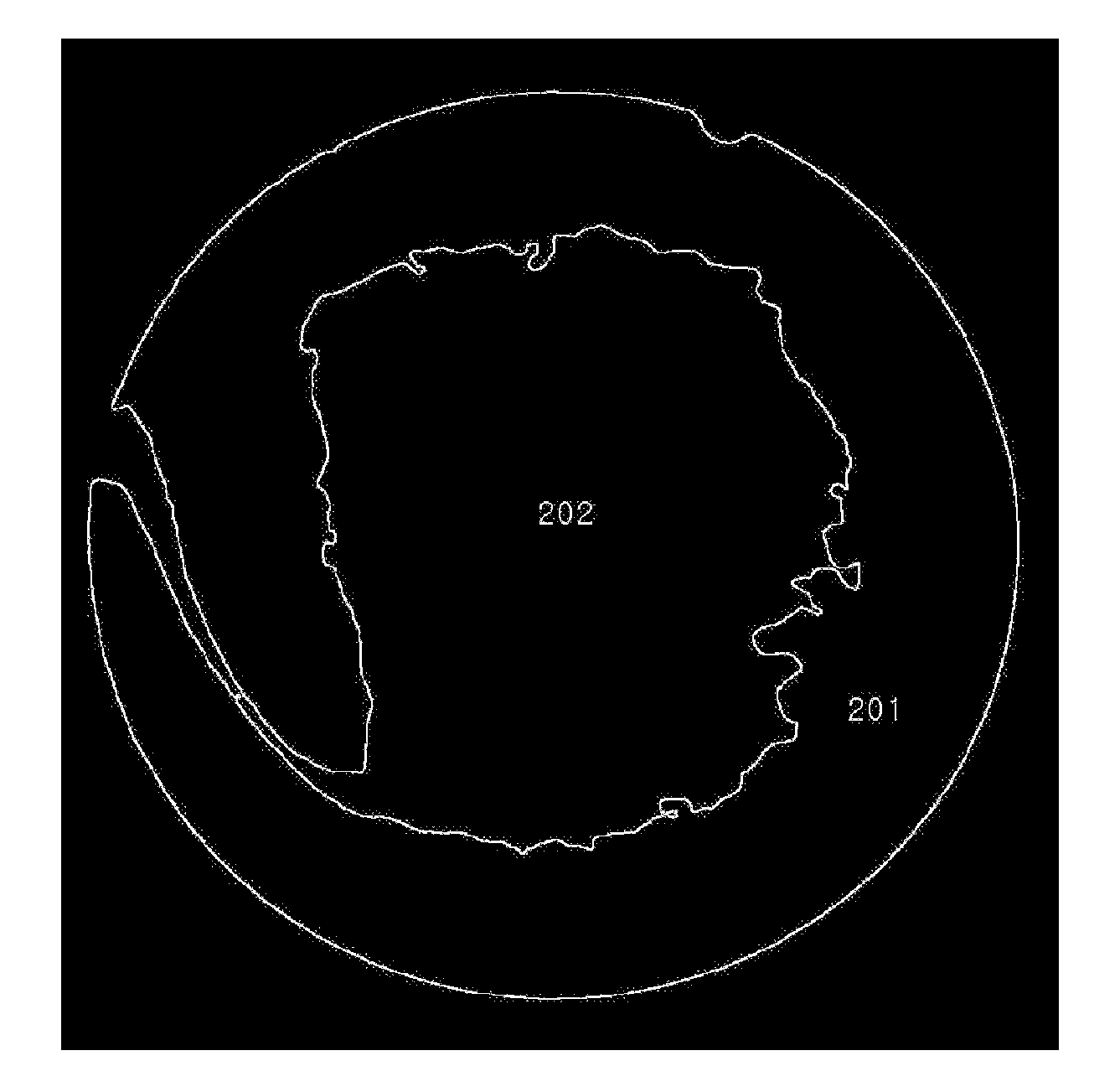Methods for manufacturing flux cored wire for welding stainless steel and products thereof
a flux cored wire and welding technology, applied in the direction of manufacturing tools, welding/cutting media/materials, welding apparatus, etc., can solve the problems of poor welding effect, limited use of mig welding, incomplete seam penetration, etc., to achieve good weldability, reduce manufacturing costs, and secure manufacturing efficiency
- Summary
- Abstract
- Description
- Claims
- Application Information
AI Technical Summary
Benefits of technology
Problems solved by technology
Method used
Image
Examples
embodiment
[Embodiment]
[0054] A stainless steel hoop (100) with the compositions shown in Table 1 was cleaned and degreased (101). One of the flux mixtures shown in Table 2 was selected, filled (108) and formed (102) in a tube shape using forming rollers (102a and 102b). Then, the lubricants (109a and 109b) selected from Table 3 were coated onto the hoop, and the drawing process was carried in two steps. Prior to the drawing process, at least 10 kinds of flux mixtures including rutile sand, silica and iron powder were used. Each flux was mixed and heated at 950° C. or above for at least 1 hour. The amounts of moistures evaporated into the air were calculated by the weight reduction method, and the result was managed as the total moisture content with respect to the weight of the flux mixture. Especially, in order to find out the effect of the total moisture contents of the flux mixtures, the inventors warehoused for raw materials or selected diverse flux materials as resources for the same oxi...
PUM
| Property | Measurement | Unit |
|---|---|---|
| Ra | aaaaa | aaaaa |
| Ra | aaaaa | aaaaa |
| tensile strength | aaaaa | aaaaa |
Abstract
Description
Claims
Application Information
 Login to View More
Login to View More - R&D
- Intellectual Property
- Life Sciences
- Materials
- Tech Scout
- Unparalleled Data Quality
- Higher Quality Content
- 60% Fewer Hallucinations
Browse by: Latest US Patents, China's latest patents, Technical Efficacy Thesaurus, Application Domain, Technology Topic, Popular Technical Reports.
© 2025 PatSnap. All rights reserved.Legal|Privacy policy|Modern Slavery Act Transparency Statement|Sitemap|About US| Contact US: help@patsnap.com



